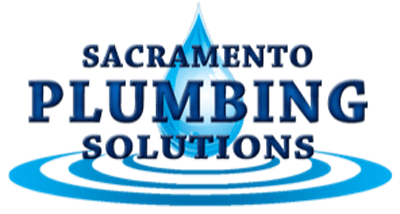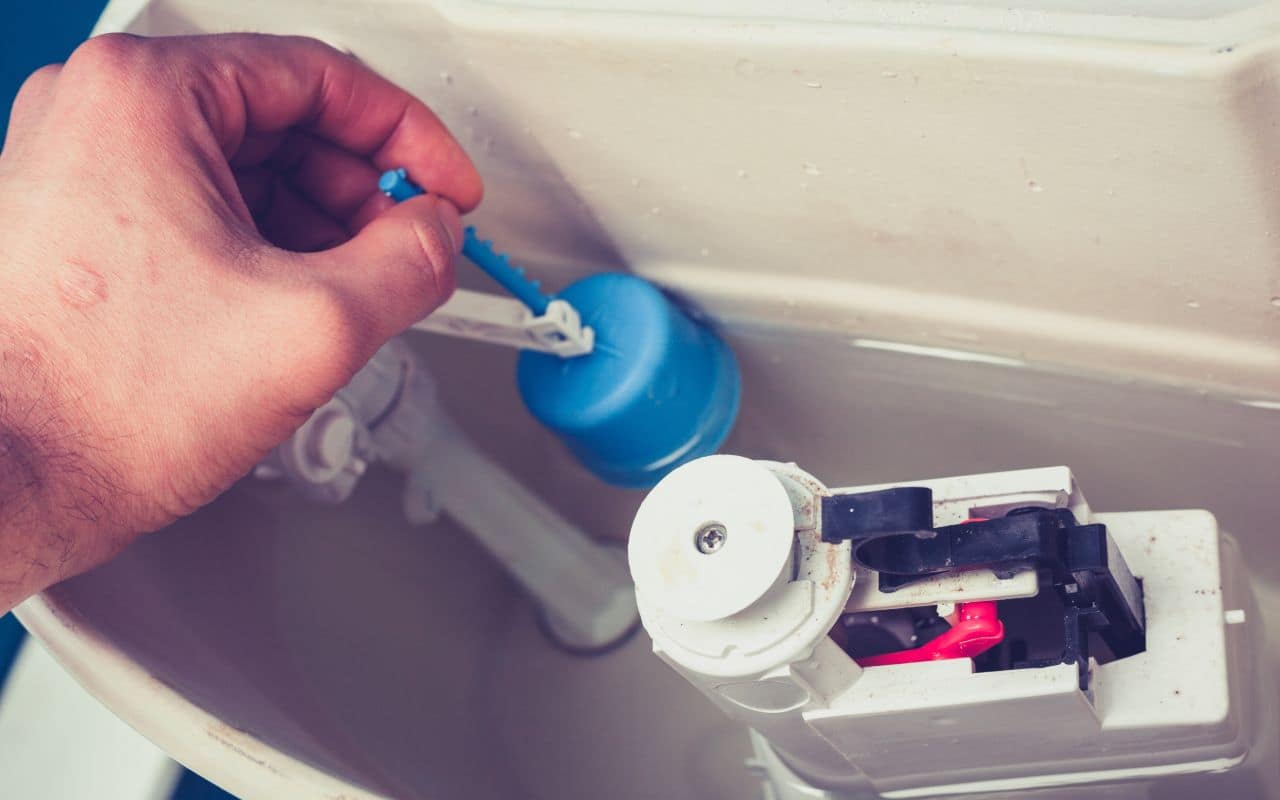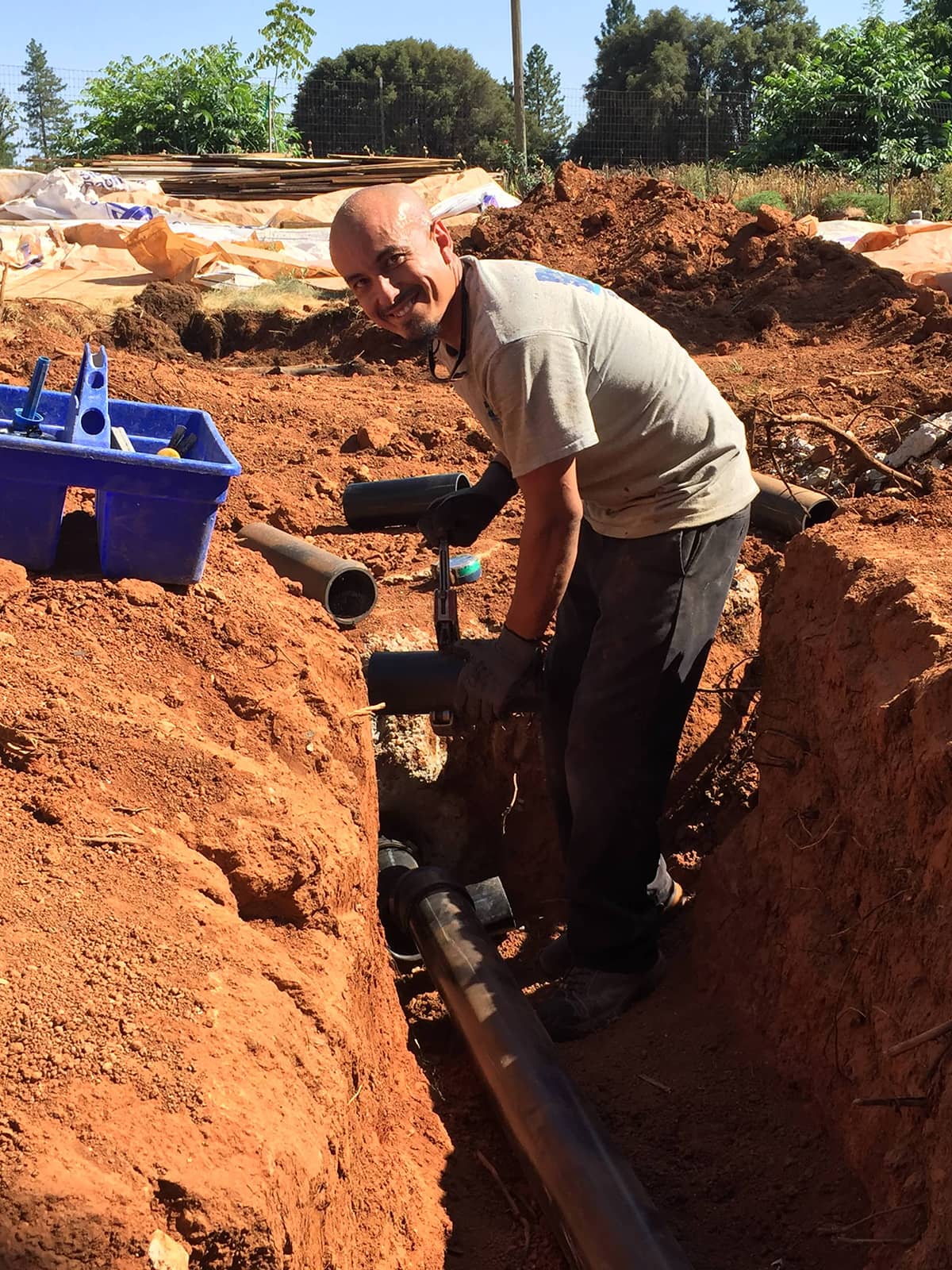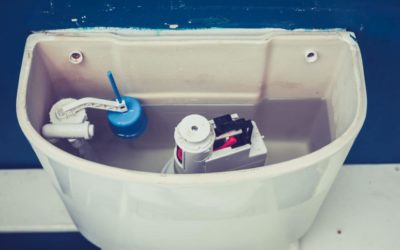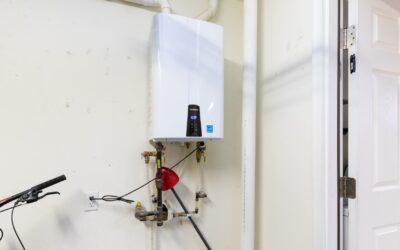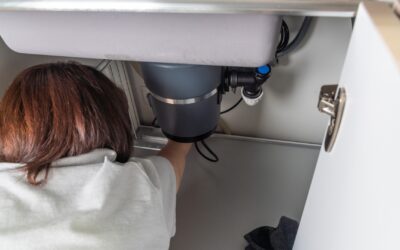I want to talk about a question I constantly hear from my clients.
“Are low-flow toilets worth it?”
I’ve seen a lot of changes in how we think about water usage over the years. But in my opinion, low-flow toilets are still one of the biggest game-changers when it comes to water conservation and reducing utility bills. As a plumber, I find it pretty amazing to see this kind of technology making such a difference.
Essentially, these toilets are designed to use significantly less water per flush than older models. They’re great for the environment and your terms of water bills. But, I still hear skepticism about whether low-flow toilets are really the game-changers people say they are. Specifically, does the amount of water they save justify spending more money upfront?
So, let’s take a look.
Understanding Low-Flow Toilets
The traditional toilets I used to install used about 3.5 to 7 gallons per flush.
Low-flow models have cut that down to about 1.28 to 1.6 gallons. That’s a big drop, and it adds up over time, especially in commercial buildings with many toilets used throughout the day.
The water savings from these toilets are impressive when you look at the numbers. Let’s say a standard toilet uses about 5 gallons per flush. If you replace that with a low-flow toilet using, say, 1.5 gallons, you’re saving 3.5 gallons per flush. Think about a typical office building – hundreds of flushes a day. That can add up to thousands of gallons saved every week.
When I’m talking with clients who are considering making the switch to low-flow toilets, I share some numbers I got from the Environmental Protection Agency. The EPA estimates that switching to a low-flow toilet reduces the average American family’s toilet water usage by 20 to 60%, saving nearly 13,000 gallons per year.
The Cost of Low-Flow Toilets
I’m going to jump straight into the important part.
The initial cost of a low-flow toilet is generally higher than a traditional one. A basic low-flow toilet costs between $100-$200, and the high-end models can cost between $250-$500. When you get into low-flow toilets with smart features, the price goes up from there.
Honestly, though, at this point, a standard toilet isn’t much cheaper than a standard low-flow toilet, and when you consider the money you’ll save on water, low-flow toilets just make sense.
Let’s say you save 13,000 gallons of water per year by switching one of your standard toilets with a low-flow toilet. A quick Google search tells me that the average cost per gallon of tap water in the US is $0.002. That makes the cost of 13,000 gallons $19.50. So, a single low-flow toilet will save the average homeowner about $20 per year.
Considering most homes have two to three toilets, we’ll say a complete switch saves $50 per year, which means the toilets will pay for themselves in a couple of years, depending on the model you buy. Plus, they will continue to save you that amount of money in the future, and you might be able to claim some of your cash back through state water-saving rebates.
Not to mention the value of your positive contribution by conserving water.
If you need to buy a new toilet, there’s no downside to spending a little more in the short term to save in the long term.
Low-Flow Toilet Benefits
The benefits of these toilets are pretty straightforward.
They save water, which leads to greater overall water conservation. In a drought-ridden state like California, every drop of water counts. Even if you don’t experience droughts in your area, that doesn’t mean it won’t happen in the future. In general, less water usage means a happier planet and a healthier economy.
Aside from a smaller environmental footprint, less water usage translates into financial savings.
When it comes to commercial properties, low-flow toilets, and other smart plumbing solutions can lead to serious savings. Plus, they place you in compliance with any potential state and federal water usage regulations.
But even the average household will notice a difference in water cost over time, especially if low-flow toilets are combined with other low-flow fixtures.
Low-Flow Toilet Problems
In the past, low-flow toilets had their fair share of issues.
The early models, frankly, weren’t up to par. They required multiple flushes and clogged more frequently, which led to more maintenance, more frustration, and, ironically, water wastage.
However, newer models have largely addressed these issues. Now, I can’t really think of any problems you would experience with a low-flow toilet that you wouldn’t experience with a traditional toilet.
Low-Flow Toilet Installation, Maintenance, and Repair
I can tell you that installing a low-flow toilet isn’t much different from installing a traditional one. They’re also pretty similar from a maintenance perspective, although some specific parts, like the flapper, might need more attention. And repairs aren’t typically more complex or frequent than with standard toilets.
However, it’s crucial to get things right to avoid issues like leaks or poor flushing.
I know I sound like a broken record, but I highly recommend hiring a professional plumber to install and maintain all your plumbing fixtures and systems to avoid the typical problems that come from the DIY approach.
Making the Decision
So, should you switch to low-flow toilets?
I think so.
Consider your typical water usage, the size of your property, and your budget for upfront installation and long-term maintenance.
In my experience, properties with high water usage will see the most significant benefits, but everyone will notice a difference.
You might wait until you need new toilets anyway, but when the time comes, I don’t see why you wouldn’t take advantage of the savings of low-flow toilets.
Conclusion
Low-flow toilets are a step in the right direction for water conservation and long-term savings. They’re not a one-size-fits-all solution, but they’re definitely worth considering.
Thanks for reading! If you’re in the Sacramento area and want to learn more about low-flow toilets or to schedule a free plumbing inspection, feel free to contact us at Sacramento Plumbing Solutions.
